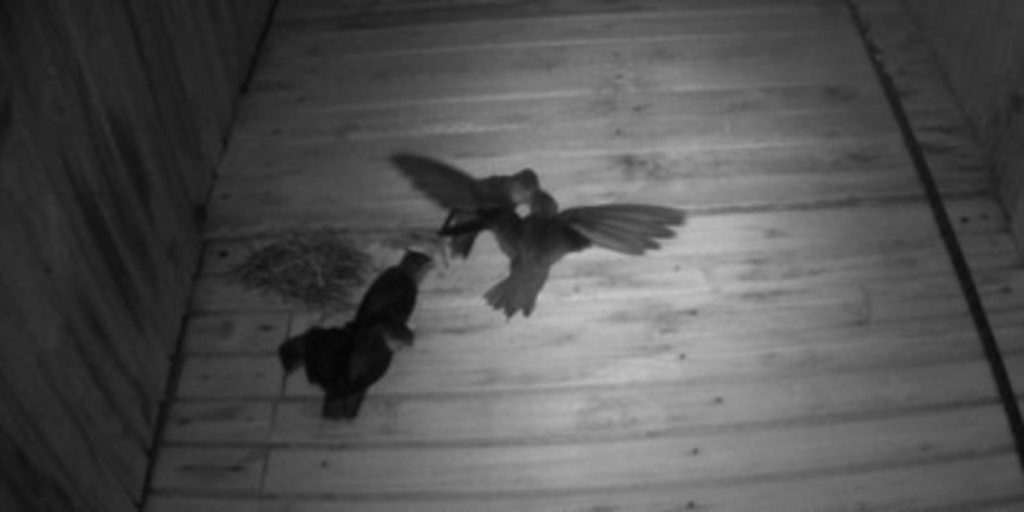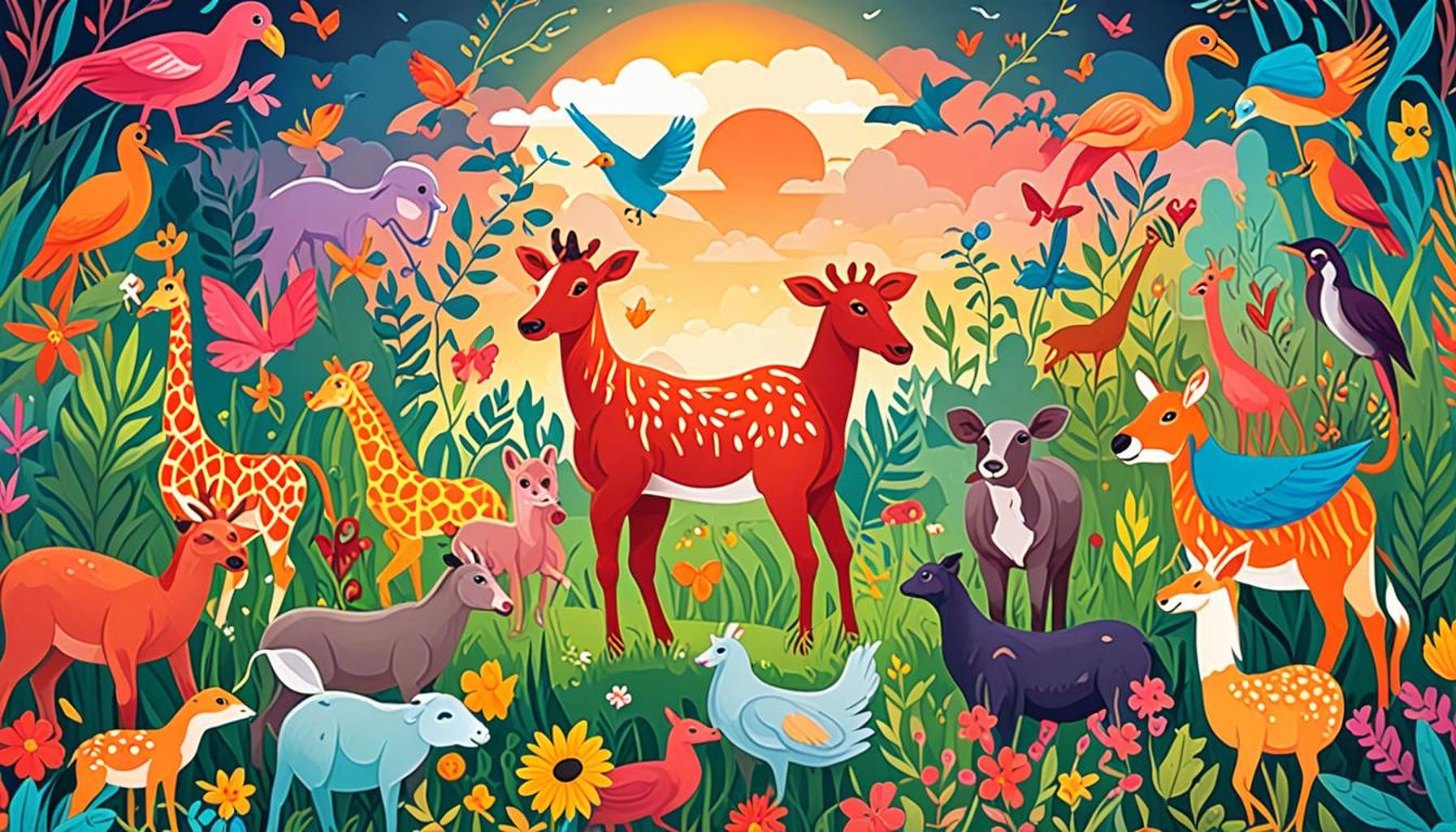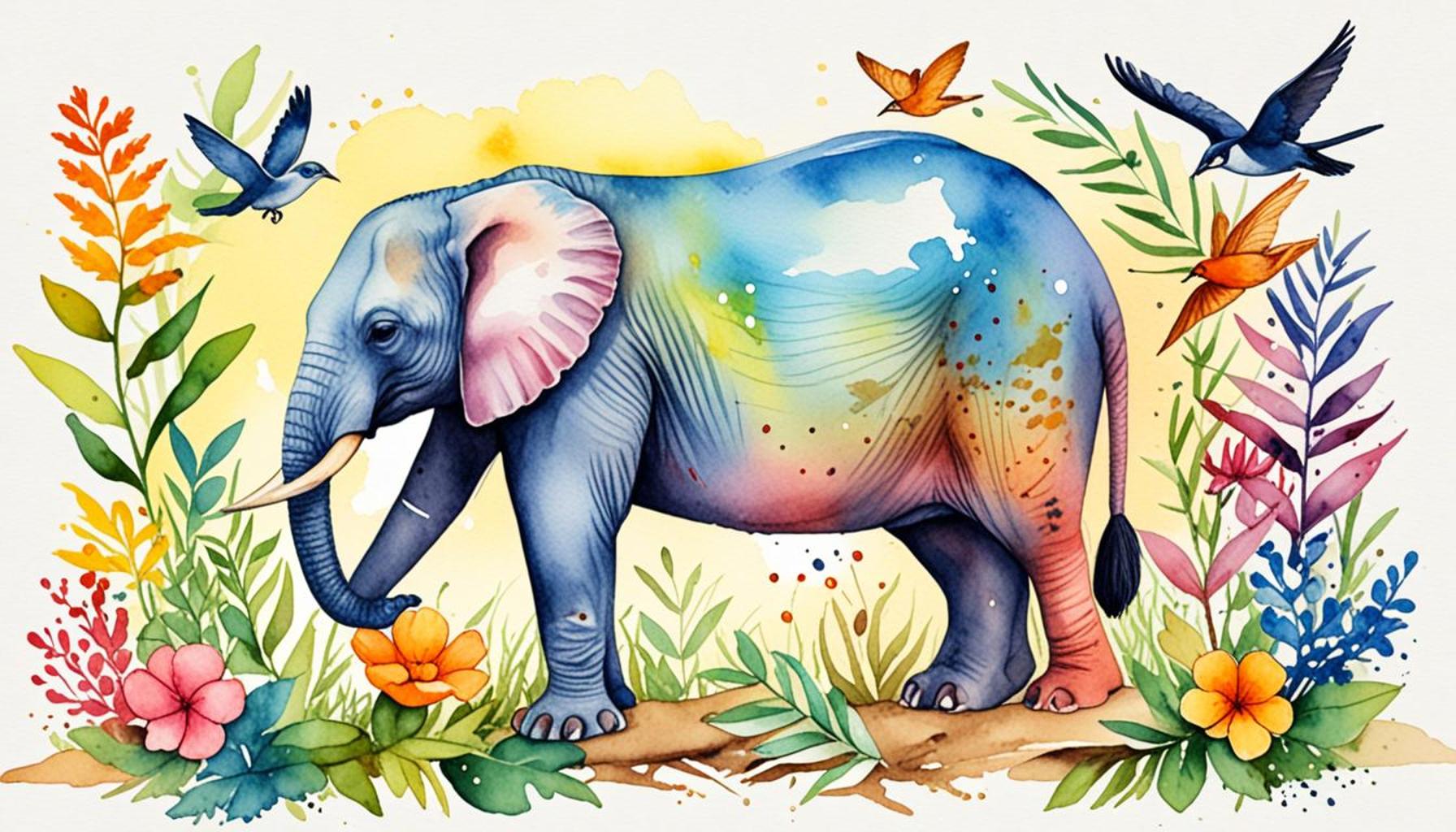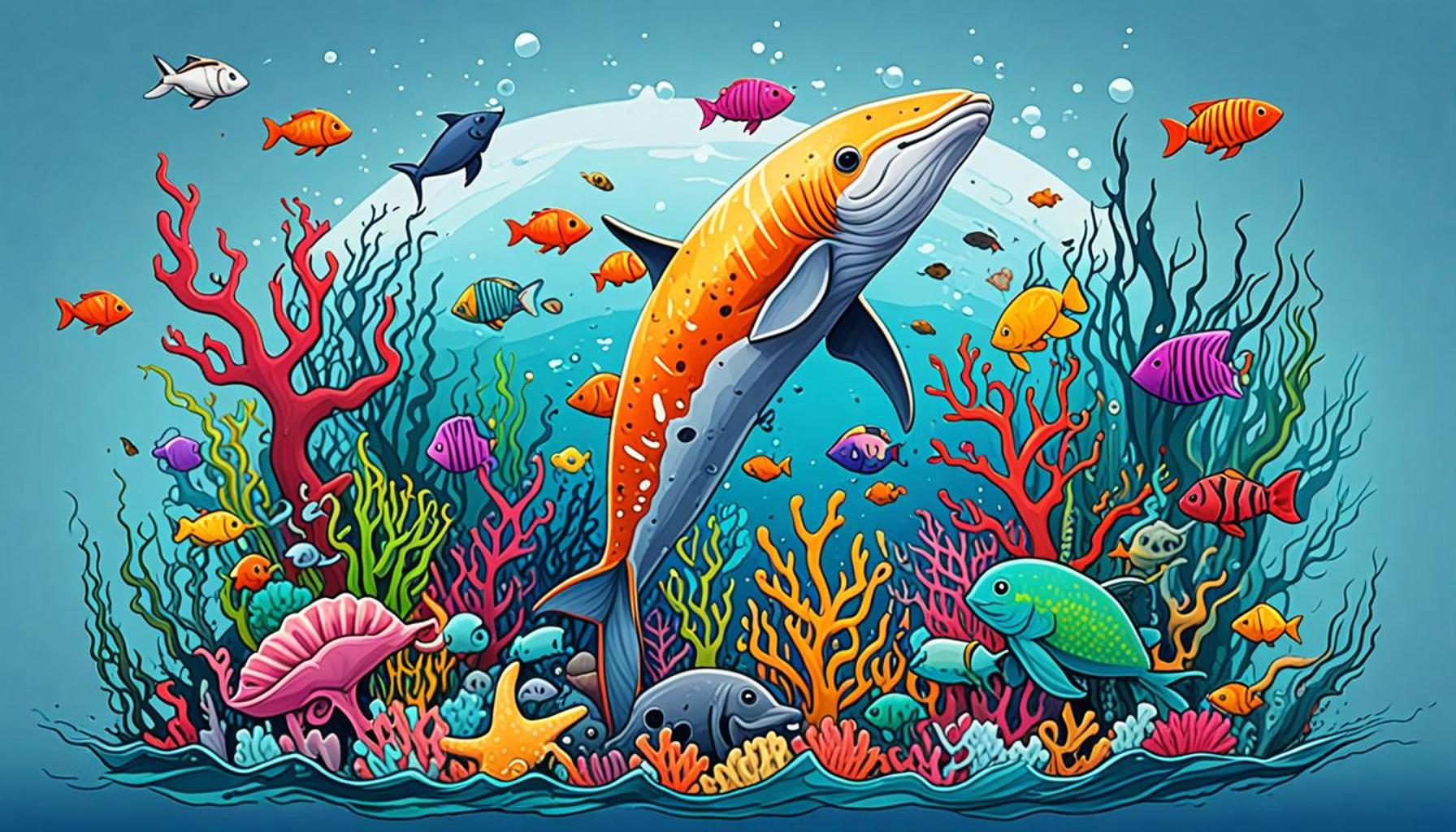The Role of Modern Zoos in Endangered Species Conservation

Understanding the Role of Modern Zoos
As society evolves in its approach to wildlife conservation, modern zoos have transitioned into essential guardians of biodiversity. Gone are the days when these institutions were simply a collection of animals for entertainment. Today, they embody a vital mission to rescue endangered species, educate the public, and engage in groundbreaking research contributing to global conservation efforts. This shift highlights their increasing importance in our interconnected world.
One of the standout features of contemporary zoos is their breeding programs. Initiatives such as the recovery of the California Condor—once teetering on the brink of extinction—exemplify how zoos can facilitate species revival. Through intensive breeding programs, including hand-rearing and monitoring of behaviors for eventual release into the wild, institutions like the San Diego Zoo have successfully increased condor populations from just 27 individuals in the 1980s to over 500 today. Similarly, the Black-footed Ferret faces a resurgence thanks to captive breeding efforts. With fewer than 20 individuals left in the wild in the 1980s, these programs have helped to reintroduce thousands into their natural habitats, fostering population growth and resilience.
Furthermore, research collaborations between zoos, universities, and conservation organizations are pivotal in generating crucial insights for wildlife management. For example, studies on animal behavior and genetics conducted in a zoo setting can reveal essential information about a species’ needs in the wild. Collaborative efforts like the AZA (Association of Zoo and Aquarium) Species Survival Plan ensure that genetic diversity is maintained and that species are bred with a purpose, leading to more robust animal populations capable of surviving in their natural environments. These research initiatives do not just benefit zoo animals; they contribute to the wider ecological understanding necessary for effective conservation strategies.
Equally important is the public engagement that zoos foster. By attracting millions of visitors each year, these institutions play a crucial role in educating the public about wildlife and conservation issues. Educational programs, interactive exhibits, and behind-the-scenes tours create a unique opportunity for personal connections between visitors and the animals. This interaction can ignite a passion for wildlife conservation, encouraging individuals to take action in their own communities, from supporting conservation initiatives to adopting sustainable practices.

As human activities continue to encroach upon wildlife habitats, the role of modern zoos cannot be overlooked. They function as living laboratories, conservation hubs, and educational platforms. By embracing this multifaceted approach, zoos are not only preserving biodiversity but are also nurturing a global consciousness dedicated to the protection of the planet’s precious wildlife. Ultimately, understanding the intricacies of modern zoos reveals how they are critical to ensuring that future generations inherit a world rich in diverse animal life, reinforcing the idea that conservation is everybody’s responsibility.
CHECK OUT: Click here to explore more
Breeding Programs: A Beacon of Hope
Central to the mission of modern zoos are their extensive breeding programs, designed not only to preserve species but also to bolster genetic diversity within populations. This effort is crucial as many animal species face an ever-increasing risk of extinction due to habitat loss, poaching, and climate change. The role that these breeding programs play in the conservation of endangered species is well-documented and serves as a shining example of how zoos can contribute positively to biodiversity preservation.
For instance, the initiative to save the Florida Panther, a subspecies of cougar that once dwindled to as few as 20 individuals in the early 1990s, showcases the impact of captive breeding. Through a strategic infusion of Texas cougars to the gene pool, the Florida Panther population has since surged to over 200 individuals, illustrating how zoos can dramatically alter the trajectory of a threatened species. Such examples reinforce the notion that well-managed breeding programs can not only sustain but also thrive populations, allowing them to be reintroduced into their natural habitats.
Research Collaborations: Uncovering Essential Insights
The significance of collaborative research between zoos, academic institutions, and wildlife organizations cannot be overstated. By fostering partnerships, modern zoos facilitate groundbreaking studies that push the frontiers of our understanding of endangered species. This research often spans critical areas, including:
- Behavioral Studies: Observing animals in a controlled environment provides valuable insights into their needs and interactions, which can inform rewilding efforts.
- Genetic Analysis: Understanding the genetic makeup of small populations helps to ensure that breeding practices enhance resilience against diseases and environmental changes.
- Habitat Management: Research findings guide restoration efforts, ensuring that released animals can thrive in their natural environments.
Through these collaborations, valuable knowledge is shared with conservationists working in the field, leading to more informed decisions that can help safeguard entire ecosystems. For instance, the Association of Zoos and Aquariums (AZA) has established multiple Species Survival Plans designed to monitor and manage the genetic health of various species, ensuring future survival through carefully managed breeding and reintroduction efforts.
Public Engagement: Inspiring Conservation Efforts
Additionally, modern zoos serve as powerful tools for public engagement, drawing millions of visitors yearly who seek to learn more about the natural world. With educational programs that range from school field trips to family-friendly activities, zoos have the unique ability to connect people with animals and conservation issues. Interactive exhibits allow visitors to learn firsthand about the lives of their favorite species, while behind-the-scenes tours can demystify the conservation work carried out by zoo staff.
This public engagement functions as a catalyst for wider conservation initiatives. Studies show that when visitors develop an emotional connection to wildlife, they are more likely to take action, whether it be supporting conservation organizations, participating in local restoration efforts, or adopting sustainable practices in their everyday lives. By nurturing this sense of responsibility towards wildlife, zoos become instrumental in fostering a culture of conservation that extends beyond their gates.
Modern zoos have evolved significantly from traditional menageries, transforming into essential institutions that play a pivotal role in the conservation of endangered species. By participating in global conservation efforts, today’s zoos not only provide a safe haven for threatened animals but also contribute valuable research and educational outreach. This is increasingly important as habitats continue to be threatened by human activity, climate change, and biodiversity loss. One key aspect is the breeding programs implemented by zoos. These programs focus on species that are critically endangered, ensuring that genetic diversity is maintained and populations grow. For example, the California Condor, once on the brink of extinction with only 27 individuals left in the wild, has seen a remarkable recovery due to such efforts, with the population now exceeding 500, thanks to breeding and reintroduction programs.Additionally, modern zoos serve as educational platforms, raising awareness about wildlife conservation. They engage millions of visitors each year, inspiring the next generation to appreciate and protect biodiversity. Through interactive exhibits, informative talks, and various workshops, zoos provide an engaging way to learn about the challenges facing endangered species and the importance of conservation efforts. By fostering a sense of responsibility among the public, zoos help cultivate future conservationists.Through collaborations with international wildlife organizations and research institutions, zoos actively participate in field conservation projects, directly impacting the habitats and communities of endangered species. This multifaceted approach ensures that modern zoos are at the forefront of global conservation efforts, playing a critical role in mitigating the risks faced by vulnerable wildlife. To illustrate the profound impact of zoos further, consider the European Endangered Species Programme, which sets rigorous standards for breeding and reintroduction efforts. By sharing knowledge and resources across institutions, zoos enhance the survival prospects of countless species, ensuring they remain a part of our planet’s ecological tapestry for generations to come. The dedication to science, education, and community engagement positions zoos as invaluable partners in the fight against extinction.
CHECK OUT: Click here to explore more
Community Education: Building a Conservation Legacy
Beyond captivating displays of wildlife and breeding programs, modern zoos have taken significant strides in community education, aiming to foster a deeper understanding of conservation issues among diverse audiences. By utilizing their platforms, zoos can educate the public about the vital role they play in preserving endangered species and ecosystems.
Education programs offered by zoos often include hands-on workshops, outdoor experiences, and wildlife encounters that not only entertain but also inform participants about ecological stewardship. For instance, many zoos have launched outreach initiatives that partner with local schools to develop custom curricula, aligning educational goals with conservation themes. These programs emphasize the importance of biodiversity and the potential impacts of human activity on wildlife. According to a survey conducted by the American Association of Zoo Keepers, students exposed to such programs demonstrate improved understanding and retention of environmental science concepts.
Advocacy and Policy Influence
Modern zoos are also emerging as powerful advocates for wildlife protection policies, leveraging their status to influence legislation at local, state, and national levels. By engaging with policymakers, zoos work to bring awareness to pressing conservation issues, such as habitat destruction and illegal wildlife trafficking.
Organizations like the World Wildlife Fund and the Wildlife Conservation Society often collaborate with zoos to develop campaigns aimed at protecting endangered species. The educational efforts conducted by zoos can drive substantial public interest, which in turn pressures lawmakers to enact supportive legislation. For example, zoos have played a critical role in lobbying for the Endangered Species Act, which provides vital protections for numerous threatened species across the United States.
Global Conservation Initiatives
Besides local impact, modern zoos frequently participate in global conservation initiatives aimed at addressing the complex challenges faced by endangered species around the world. They contribute resources and expertise to projects that focus on habitat preservation, anti-poaching measures, and community-based conservation. One recent example involves the collaboration between multiple U.S. zoos and their counterparts in Africa to protect the Eastern Black Rhino, whose numbers have drastically decreased due to poaching for horns. Through coordinated efforts, these partnerships are facilitating critical research and conservation actions that provide hope for the species’ future.
Furthermore, many zoos engage in initiatives to enhance the livelihoods of local communities living alongside vulnerable wildlife. By promoting eco-tourism and alternative income sources, zoos help mitigate human-wildlife conflict, rendering conservation efforts more sustainable. This holistic approach recognizes that both wildlife and human populations can thrive when conservation strategies embrace social dimensions.
In doing so, modern zoos enrich not only the lives of endangered species but also cultivate more resilient communities that understand the significance of preserving our planet’s biodiversity. By focusing their efforts on both the education and empowerment of the public, these institutions pave the way for a future where humans and wildlife coexist harmoniously.
CHECK OUT: Click here to explore more
Conclusion: The Future of Conservation Through Modern Zoos
As we have explored, modern zoos play an indispensable role in endangered species conservation by combining conservation, education, and advocacy into a cohesive strategy that not only seeks to protect wildlife but also fosters a deep-rooted cultural commitment to preservation among the public. Their contributions go far beyond traditional practices, as these institutions have transformed into dynamic centers for wildlife conservation and research, balancing the precarious relationship between human interests and ecological sustainability.
The impact of zoos can be seen through their extensive breeding programs, which serve to replenish populations on the brink of extinction. Additionally, their educational outreach initiatives empower individuals, particularly the younger generation, to engage in conservation efforts actively. By collaborating with policymakers and supporting legislation such as the Endangered Species Act, zoos position themselves as advocates for wildlife, demonstrating how grassroots enthusiasm can influence meaningful changes in environmental policy.
Moreover, their involvement in global conservation initiatives illustrates a commitment to addressing threats that transcend borders, making them vital players in safeguarding biodiversity on an international scale. This integrated approach fosters not only the survival of endangered species but also the empowerment of local communities, promoting a sustainable coexistence.
Ultimately, the future of conservation hinges on collective responsibility, and modern zoos are at the forefront of this movement, inspiring individuals to become active participants in safeguarding our planet’s rich tapestry of life. As we continue to navigate the challenges posed by climate change and habitat loss, the partnership between humans and wildlife will define the path towards a more sustainable and equitable future.



